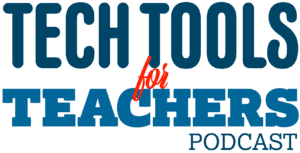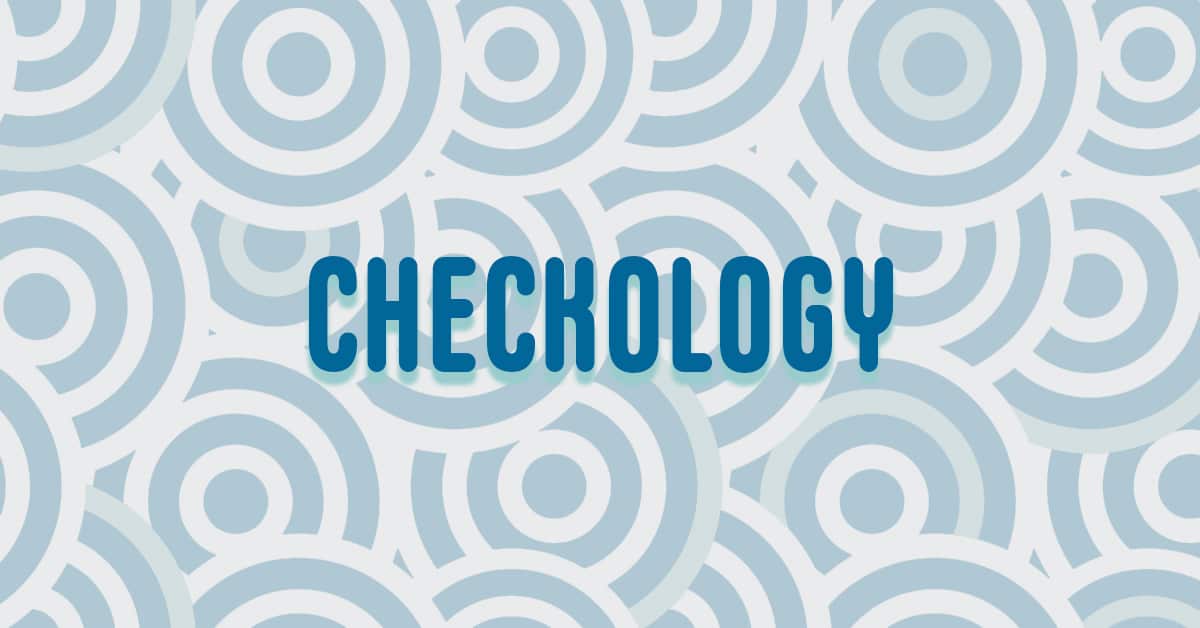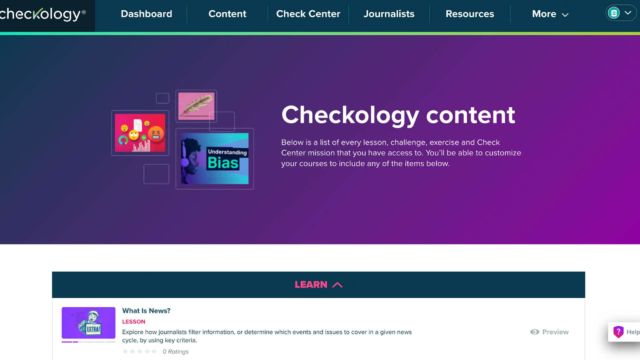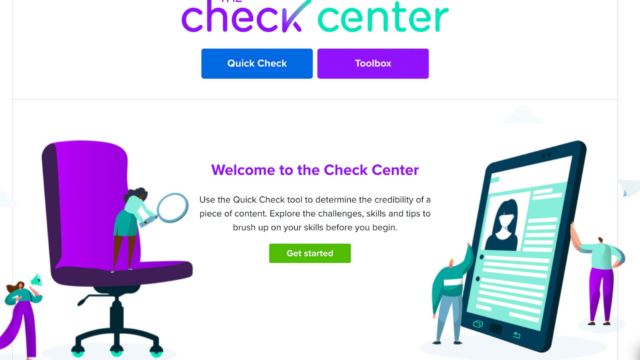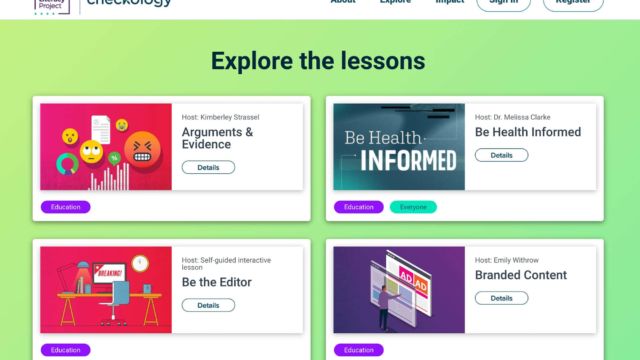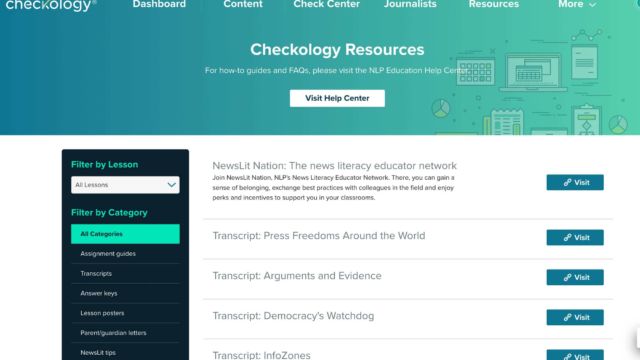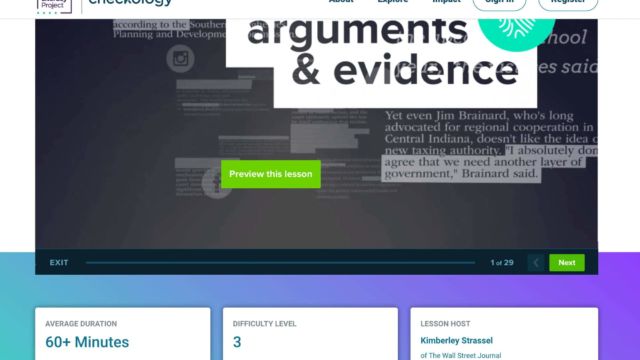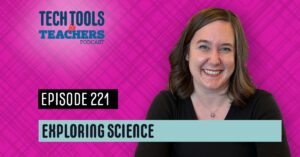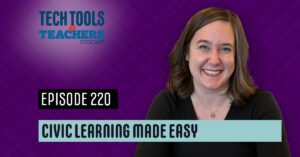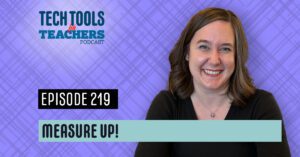Shanna Martin 0:19
Thanks for listening to the Tech Tools for Teachers Podcast, where each week we talk about a free piece of technology that you can use in your classroom. I’m your host, Shanna Martin. I’m a middle school teacher technology and instructional coach for my district.
Fuzz Martin 0:33
And I’m her producer and husband, Fuzz Martin, and I make sure I check all the boxes before you hear each and every episode. Hi. Hi, how are you?
Shanna Martin 0:40
I’m good. How are you?
Fuzz Martin 0:42
Good. Happy Halloween. Happy Halloween. And I know like most people listen to the show. Not necessarily on the day launches, but this is launching on Halloween in 2022 So there we go. Yeah. So it’s Monday. That’s when we published you know, yeah. And here we are. Ready to slide on into Thanksgiving.
Shanna Martin 1:01
Yeah, we’re like moving. Let’s move on. Pumpkin out of one holiday and
Fuzz Martin 1:07
turn that pumpkin into a cornucopia. And go from there. Maybe, or whatever we’re gonna do I know turkeys. Um, lots of lots of leaves.
Shanna Martin 1:19
Yeah, usually I do like the I go from Halloween pumpkins to like, you know, the artsy November pumpkin? Yeah. Okay, good. So you go from like the orange in your face to like, white and neutral. Beige? Yeah.
Fuzz Martin 1:33
Okay. Yeah. More than earth tone-y pumpkins? Well, I suppose orange is an earth tone and I’m colorblind. So today we are talking about a site called Checkology.
Shanna Martin 1:46
Checkology. Yeah. So this slide is pretty cool. It was brought to my attention by our US government teacher in my high school, who uses it? She’s like, Hey, I’ve used this site before. I don’t know how to use it. But I’m gonna try it. Tell me what you think. So that I was like, oh, I should play around with it. And then we can talk about it together?
Fuzz Martin 2:05
Let me check on that for you.
Shanna Martin 2:09
So she and I then discussed, like, she’s like, how can I use this in my classroom? And what do you think and so we kind of started digging in to Checkology, which is awesome. So Checkology is a it’s a website created for by the News Literacy Project. And the whole goal is to be creating informed citizens and teaching our students how to understand like media bias, and how to look at different ways, like misinformation. And just like how to understand all these things. Because I mean, new stories are coming out all the time. You want to use current events in your classroom, you want to use things and but you also to teach kids how to understand the news that’s coming out. I know a lot of our kids get news from tic tac, and all kinds of stuff. So like, how do you find real news versus created news, that’s, you may or may see more bias. And so technology has been created to show students and teach them how to do all of that. And what I appreciate about this, it’s free. For educators, it’s free for students, you create a sign in, like you sign up with your, your email, and then it has all kinds of content. So you can choose what you need to use it for in your classroom. You can use it for single lessons, you can use it for units, it talks about and she uses it in her US government class, in high school, I say middle school, high school, you you choose. So when you sign in, you’d say like I teach middle school students like it’s very, it’s gonna give you information that’s appropriate for your the grade level that you teach. And so once you sign in, you have access to all of these pre created lessons, which is awesome. They have like from your teaching journalism classes, like we have a news class. So you can like our students student create a newspaper like so talk, talking about journalism, is talking about like freedom of the press, it talks about, I appreciate I use the most and now that I have this, I’m going to use this resource as arguments and evidence. So I teach a lot of how to write an argument or find an argument and then have evidence to backup your argument. And they have a whole unit lesson based around arguments and evidence. And what’s cool about this is you can assign this to your students and have them walk through the lesson. Or you can teach it in pieces as a teacher in front of your class. So you crank out the lesson. You can put it they’ve got these cool videos, they have actual, like real life journalism. Journalists, I should say, teaching the lessons like this is where we would see it this is what happens and then they have pre created news stories. So they can teach from like not real stories, I guess. Like they’re based on real events, but they’re not gonna be real story so that way they can use them as teaching tools when you’re teaching students
Fuzz Martin 4:57
that doesn’t lead anybody to think one way or another correct a certain piece.
Shanna Martin 5:03
Yep. And then what’s cool about it is like, they’ll throw like in one of these lessons, you’re looking at arguments and evidence, then they will, in the lesson, as you’re going through, there’s a bunch of different parts. So it’s like the argument lesson, there’s like 28 different parts to it. So there are talking points or videos, then there are tweets. So they will have fake tweets created. And then you have to decide, like is this logical is like, identify the logical fallacy present in this post. So then you look at the social media posts with your students, or your students look at it. And they have to identify what would be real in this, what wouldn’t be real in this. And it kind of gives them like a real way, like an authentic way to look at how media is used, and how parts can be true and parts can be totally false. And it’s hard to tell what from what and so teaches our students to like, be aware of that and just understand like, some of this is going to be biased, some of this isn’t. Anyway. So this whole website, check allergy is based around students being able to identify misinformation, and then also being able to teach them like not only where you can find it, but also like when you’re writing, making sure that what you’re writing is appropriate, and all kinds of things. They also have, like evaluating science based claims, you can go in and look at different science things and what’s real, what’s not. So they have all these lessons under, like, as a teacher, you can assign them in your dashboard. So when you’re going across, there’s like a billion different choices. So you got your dashboard, then they have content. So as you’re kind of going through dashboard, you could just pull lesson content to see what you want to teach in your classroom. Then they have the check Center, which I think is awesome. They have a toolbox or a quick check. If you click on the quick check, it will say text claim, image claim, video only. And you literally upload the text that you find or the image that you find. And then it will help you identify if it’s false claims, if it’s real claims, like where this is coming from that kind of stuff. And then also has a toolbox. So you can use these like tips with your students like how do you find school like skills of walking through, like looking at geolocation and different types of things to identify if stuff is real or not? Which is cool. Yeah, that’s very cool. They also have a section on journalists. So you can choose like, an actual journalist from the Wall Street Journal, and then what are their areas of expertise, and then you can look at their actual work within it. So if you have some, if you have a journalism class, or teaching or a newspaper class, you can actually look at, like, learn about actual journalists in real life, which is cool. And then they also have a resource section for teachers, which you know, I love a good resource section. They have different transcripts, they have lesson posters, which you can put in your room, if you’re talking about different biases, and different types of media and things like that. And they have the answer keys. Also, if you need and they have parent guardian letters, you can let parents know what kids are learning classroom, and different types of like tips and tricks, like when you’re teaching this stuff, like how to roll it out your students style kind of thing. So this Checkology site has resources, just like for teachers to be teaching, it has resources to assist your students, if they’re doing things on their own. I’ll be using with my students in several different ways. But I think also having that toolbox where they can click on like, let me check to see if this is real or where this came from, I think is a cool tool for anybody to have when you’re checking if a source is real. I can’t tell you how many times kids will come into my classroom and be like, I have this great Abraham Lincoln quote. Because I know I like Abraham Lincoln, right. And then they pull out the quote, I’m like, Okay, kids. Let’s do some evaluation on this quote. Is it real? Like, yeah, I found it online.
Fuzz Martin 9:04
It says Abraham Lincoln right here.
Shanna Martin 9:07
Yeah, that too, is because picture next to it. I’m like, well, all right. No, he did not say that at all. Like, but it sounds so cool. And like, it’s a cool quote, does but no, Abraham Lincoln did not say that. So teaching our kids like just because it’s online, and it looks like it’s by somebody, you know, important. Maybe they didn’t actually say it. So just giving them those resources as well. But yeah, it’s a really cool site.
Fuzz Martin 9:31
So according to their mission statement page. Now again, this is a totally nonpartisan organization, so they don’t, they’re not looking at one party or another. Also, they said 26% of adults surveyed, only 26% could correctly classify five factual statements presented to them. 35% of US adults surveyed could correctly classify all five opinion statements that were presented to them and 96% two high school students in the US surveyed failed to challenge the credibility of an unreliable source. So that’s why this is important. So this is helping the other their quote is education move slowly. Technology doesn’t if we don’t act with urgency or students ability to engage in civic life will be the casualty. And that’s why they’ve developed this program, they help them teach.
Shanna Martin 10:23
And I can tell you, because we do a ton of resource like research, as I do a lot of inquiry in my classroom, and trying to get students to find authentic research. When they’re going online. We talk about like.org and.edu. But they’re down the wormhole of like, Oh, I found this blog that talks about this person. And I’m like, that’s great. But if they’re not a credible source, right, we can’t use it. Right, whatever you want on the internet, right? And I tell them to because they design websites, in my class, I’m like, you design a website? Do you want people pulling your research for something? Like, yeah, like, really? I don’t know about that.
Fuzz Martin 10:57
Right? Exactly.
Shanna Martin 11:00
But yeah, so it’s just it’s an important skill. And it’s, it’s I, I appreciate that. It’s all, like nicely laid out for educators to pull bits and pieces that would be appropriate for your classroom and appropriate for lessons that your students are having. I also want to highlight two in the technology when you’re like the dashboard, and you click on more, they have a word wall, I love a good word wall. Um, and when you click on it, it gives, like real, like, it’s all the words that you talked about. So we talked about fabricated content. Okay, well, what does that mean? What is like, we click on it, and it will tell you it’s misinformation that’s entirely made up and designed to deceive you into thinking that it’s real. So it’s got to six pages of all of the vocabulary used. And then you click on it, and you actually have the definition or right in front of you, which I think would be a very helpful tool for students to have as well, especially because some of the things discussed are probably things that they’re unfamiliar with. So I thought that was a good resource as well.
Fuzz Martin 11:56
Yeah, if you click on the for every one page, they have things like the room or guard, which are pretty fun to learn if there’s like, “banana eating giant frog isn’t so giant, or a banana eater.” And then it talks about a viral video that was posted on Tik Tok and October 6, and breaks that down of whether that is real, and they talk about how it was manipulated. The frog in this video is not as large as it appears, the video was created by a videographer who used digital editing to make the frog look bigger. The real frog is only three to 4.5 inches in length. And so it can even help with you know, I mean, you’re watching Tik Tok and you’ve got people, like, you know, big videos and things like that. So where do you find that part at? That is, if you click on for everyone from the homepage, and then go to rumor guard. Cool. Yeah.
Shanna Martin 12:42
So they’ve got me great discussions just like started the day. You know, like throw up a picture and
Fuzz Martin 12:47
Right. “No, an elephant seal didn’t wander the streets after Hurricane Ian.”
Shanna Martin 12:53
Because that was a big thing that was out there.
Fuzz Martin 12:55
Yeah. So then it’s all like very, like if you have a current events portion of your class or something that you get to talk about, this is a great way to talk about this. And they do get into some of some partisan related stories and break those now. It’s kind of like Snopes, a bit except for this, I think is more credible than Snopes.
Shanna Martin 13:15
Yeah. And education based and definitely meant for being used in the classroom. Yep.
Fuzz Martin 13:20
So it’s very good content. And I think of if anything, a very good conversation starter with your students.
Shanna Martin 13:28
Absolutely. Especially when you have days like if you’re setting up different types of arguments and things like that classroom.
Fuzz Martin 13:34
Do you remember when Queen Elizabeth died, and they had a picture of the McDonald’s kiosks and they all had a picture of Queen Elizabeth. I don’t know, but okay. Well, believe you. Well, that was circulating on the internet. It looked like this. I’ll turn this around and show you.
Shanna Martin 13:52
Thank you.
Fuzz Martin 13:54
And no, McDonald’s didn’t display a tribute to Queen Elizabeth on kiosks. That was an edited photo. So there you go. It was doctored. I like it. Yeah, me too.
Shanna Martin 14:04
Good site. Yeah. So tell your friends
Fuzz Martin 14:06
That actually you can get to that one at rumorguard.org But it’s from the same
Shanna Martin 14:11
Checkology? Yeah, and Checkology is checkology.org. Yep. There you go. Check it out.
Fuzz Martin 14:21
Check it out. You knew that was coming. Everybody knew it.
Shanna Martin 14:25
Oh, my goodness. Well, thanks for tuning in. This has been the tech tools for teachers podcast. If you ever have any questions, you can find me on Twitter at smartinwi. And if you want to get more information on the links to the technology discuss this episode. You can visit smartinwi.com or find me on Facebook. I’m there too. If you’d like to support the show, please consider buying me a coffee or to visit buymeacoffee.com/smartinwi or visit smartinwi.com and click on that cute little purple coffee cup. Your donations help keep the show going. Do episodes almost each week thanks for listening, go educate and innovate.
Fuzz Martin 15:03
The ideas and opinions expressed on this podcast and the smartinwi website are those of the author, Shanna Martin, and not of her employer. Prior to using any of the technologies we’ve discussed on this podcast, please consult with your employer regulations. This podcast offers no guarantee that these tools will work for you as described, but we sure hope they do. We’ll talk to you next time on the Tech Tools for Teachers podcast
